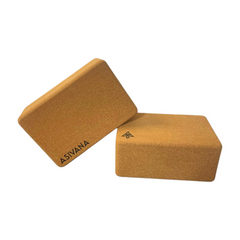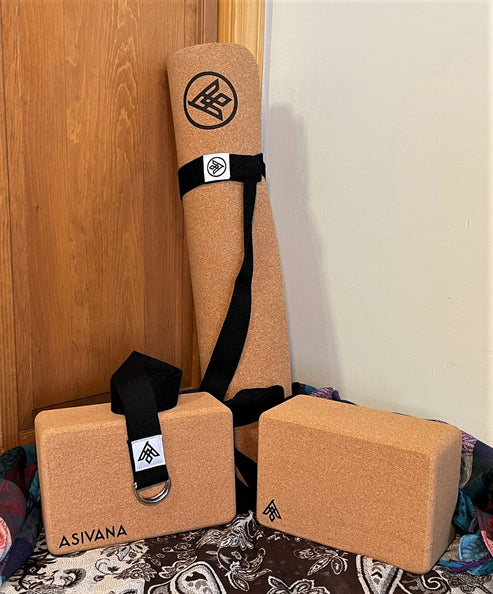What is Accessible Yoga?
Jack UtermoehlShare
Accessible yoga is a practice rooted in inclusion, adaptability, and empowerment. It redefines what yoga looks like by prioritizing each individual's unique physical, mental, and emotional experience.
Rather than focusing on performance-based postures, accessible yoga encourages practitioners to explore yoga as a tool for healing, connection, and self-discovery—no matter their ability, age, size, background, or health status.
Accessible yoga emphasizes that yoga is for everyone, not just the flexible or able-bodied. It adapts traditional practices using supportive tools and modifications to meet each person where they are, making the teachings of yoga truly universal and equitable.
Origins of Accessible Yoga
While the idea of adapting yoga for individual needs has existed for centuries, the modern Accessible yoga movement was catalyzed by Jivana Heyman, who founded the Accessible Yoga organization.
His work brought attention to how yoga could serve people with disabilities, chronic illnesses, trauma, and those traditionally marginalized in wellness spaces.
The philosophy is rooted in classical yoga principles from texts like the Yoga Sutras and Bhagavad Gita, emphasizing compassion (karuṇā), non-harming (ahiṁsā), and faith (īśvara praṇidhāna).
Accessible yoga carries forward the spiritual and ethical heart of yoga, while adapting the form to serve modern and diverse communities.
Yoga Essentials for Your Practice
Support your yoga journey with high-quality, sustainable props designed for comfort and stability.

Crafted from eco-friendly cork for durability and a comfortable practice.
$24
Shop Now
Includes everything you need to get started: a mat, blocks, and a yoga strap.
$120
Shop NowAccessible Yoga Practice
Accessible yoga uses props, supports, and modified sequences to ensure safety, comfort, and dignity.
It may involve seated, chair, or bed-based postures, the use of mobility aids, breathwork, guided meditation, and affirmations. Classes often include trauma-informed language and invitation-based cues to empower students and foster choice.
The focus is not on achieving external form but on internal awareness, breath, and connection. Teachers of accessible yoga prioritize listening, consent, and community-building over performance or aesthetics.
Common Practices in Accessible Yoga
- Chair Yoga: Using a chair to practice seated or standing poses
- Breathwork (Pranayama): Gentle breath techniques for calming or energizing the body
- Guided Relaxation: Yoga Nidra or body scans adapted to the student’s position
- Adaptive Asana: Postures modified for mobility or comfort
- Affirmations: Supportive self-talk and mindfulness cues
Common Poses: Seated Cat-Cow, Chair Warrior, Supine Knee-to-Chest, Supported Twist, Reclined Savasana with props
Accessible Yoga Suitability
Experience Level: Beginner-Friendly
Physical Demand: Gentle Movement
Mind-Body Engagement: Primarily Meditative to Balanced Mind-Body
Adaptability: Extremely Adaptable (Meets Individual Needs)
Focus Area: Well-Being, Empowerment, Stress Relief, Inclusion
Notes on Accessible Yoga
Accessible yoga offers a healing space for people of all backgrounds and abilities.
It's particularly effective for those managing chronic illness, aging, physical disabilities, trauma, or anxiety.
It emphasizes community, self-compassion, and spiritual connection over perfection or progress.
Its inclusive nature helps break down systemic barriers and reinforces the yogic truth that everyone deserves access to tools of inner peace and empowerment.
Similar Styles
Chair Yoga, Trauma-Informed Yoga, Gentle Yoga, Therapeutic Yoga, Restorative Yoga
Equipment
Required: Yoga Mat, or Chair
Nice to Have: Yoga Blanket, Bolster, Yoga Blocks
Optional: Yoga Strap, Eye Pillow
References
Accessible Yoga: Poses and Practices for Every Body by Jivana Heyman
The Teacher's Guide to Accessible Yoga by Jivana Heyman






